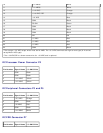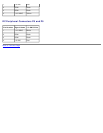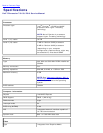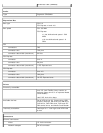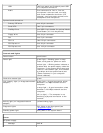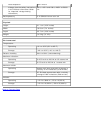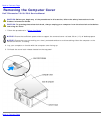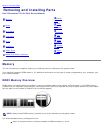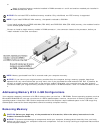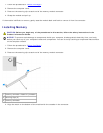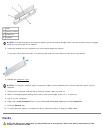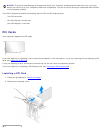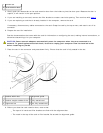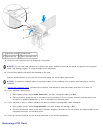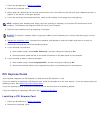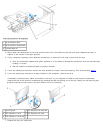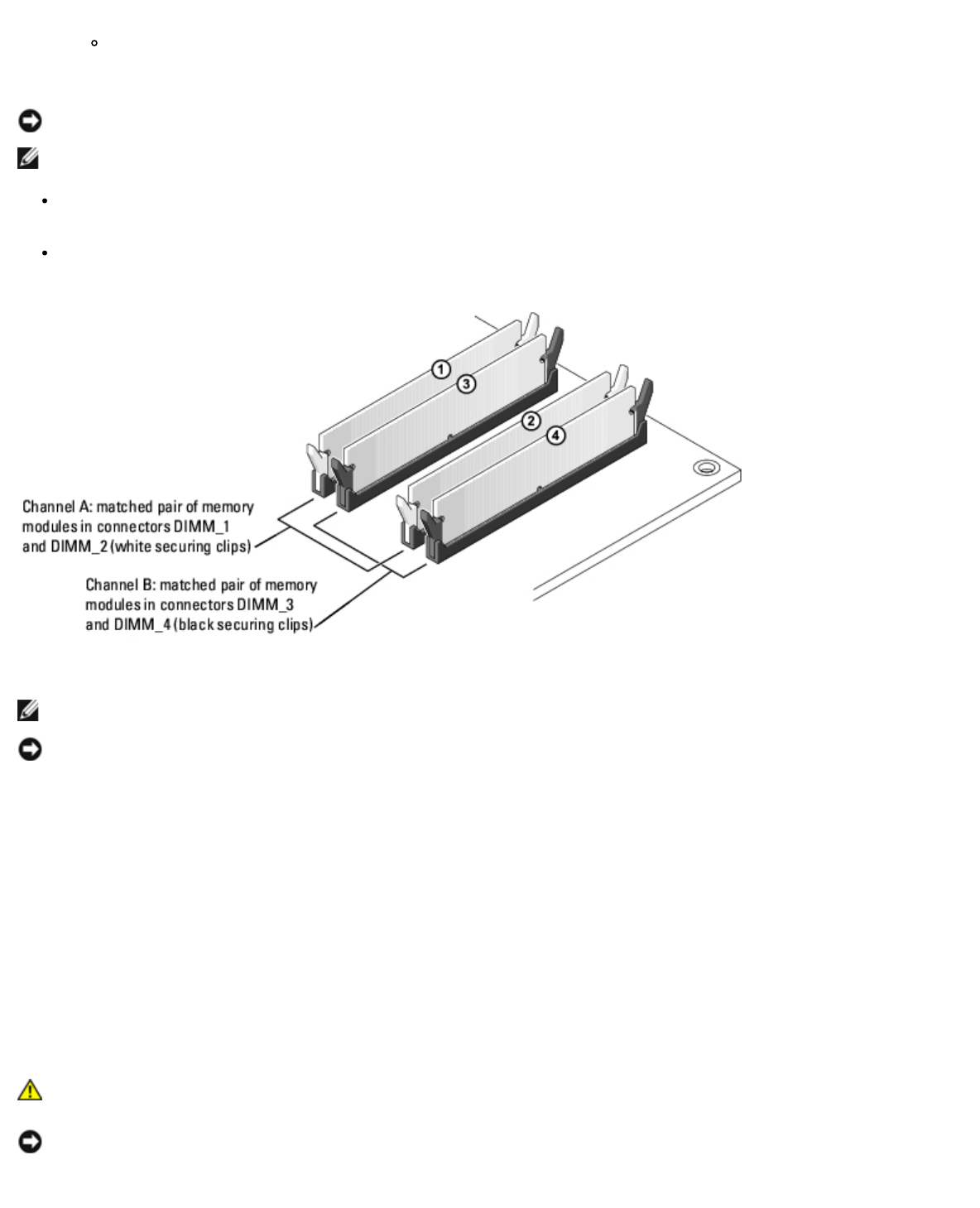
or
A pair of matched memory modules installed in DIMM connectors 1 and 2 and another matched pair installed in
DIMM connectors 3 and 4
NOTICE: Do not install ECC or buffered memory modules. Only unbuffered, non-ECC memory is supported.
NOTE: If you install DDR2 667-MHz memory, the speed is reduced to 533 MHz.
If you install mixed pairs of DDR2 400-MHz (PC2-3200) and DDR2 533-MHz (PC2-4300) memory, the modules function
at the slowest speed installed.
Be sure to install a single memory module in DIMM connector 1, the connector closest to the processor, before you
install modules in the other connectors.
NOTE: Memory purchased from Dell is covered under your computer warranty.
NOTICE: If you remove your original memory modules from the computer during a memory upgrade, keep them
separate from any new modules that you may have, even if you purchased the new modules from Dell. If possible, do
not pair an original memory module with a new memory module. Otherwise, your computer may not start properly.
You should install your original memory modules in pairs either in DIMM connectors 1 and 2 or DIMM connectors 3 and
4.
Addressing Memory With 4-GB Configurations
Your computer supports a maximum of 4 GB of memory when you use four 1-GB DIMMs. Current operating systems, such as
Microsoft® Windows® XP, can use a maximum of 4 GB of address space; however, the amount of memory available to the
operating system is less than 4 GB. Certain components within the computer require address space in the 4-GB range. Any
address space reserved for these components cannot be used by computer memory.
Removing Memory
CAUTION: Before you begin any of the procedures in this section, follow the safety instructions in the
Product Information Guide.
NOTICE: To prevent static damage to components inside your computer, discharge static electricity from your body
before you touch any of your computer's electronic components. You can do so by touching an unpainted metal surface
on the computer chassis.



